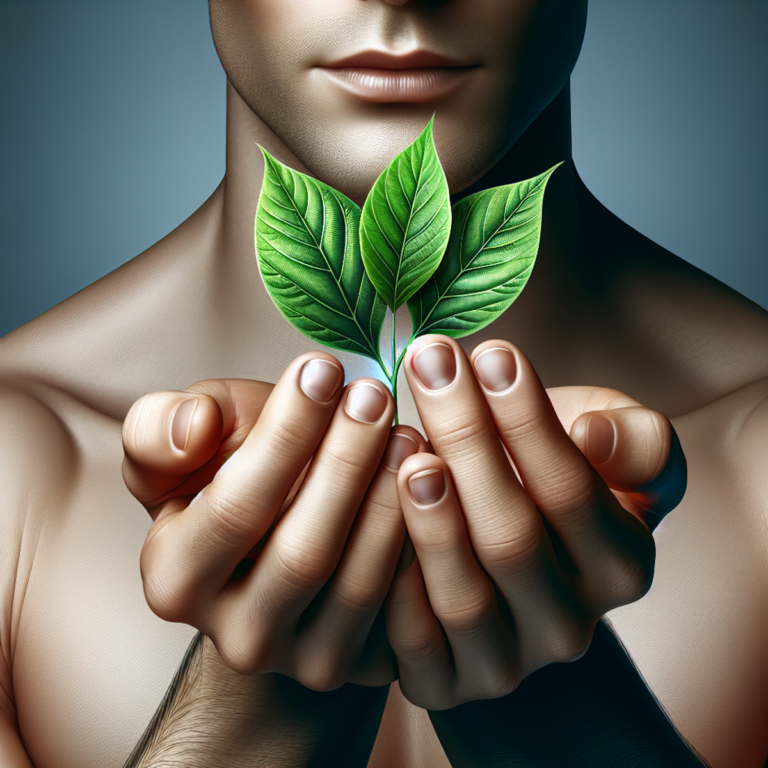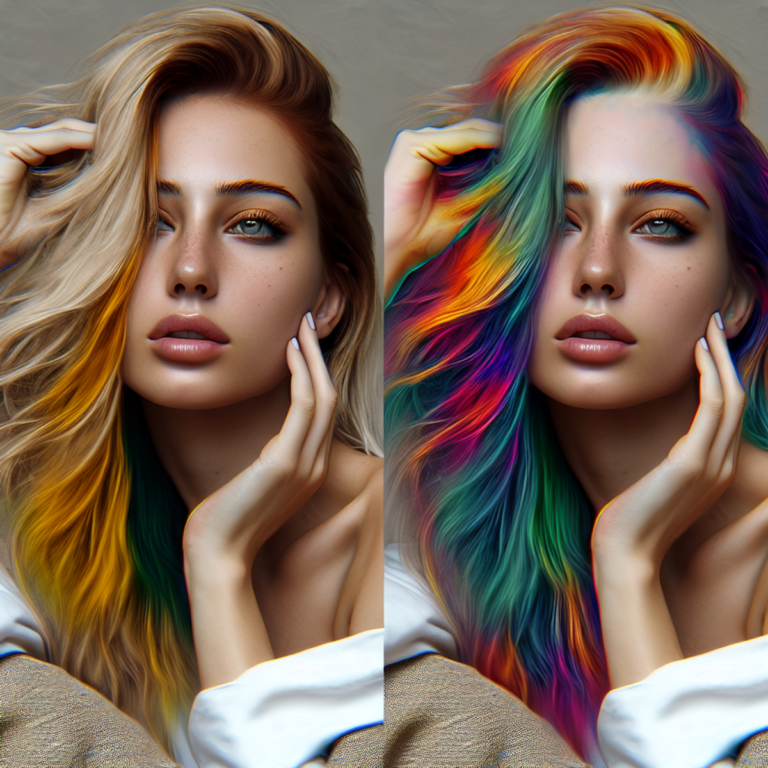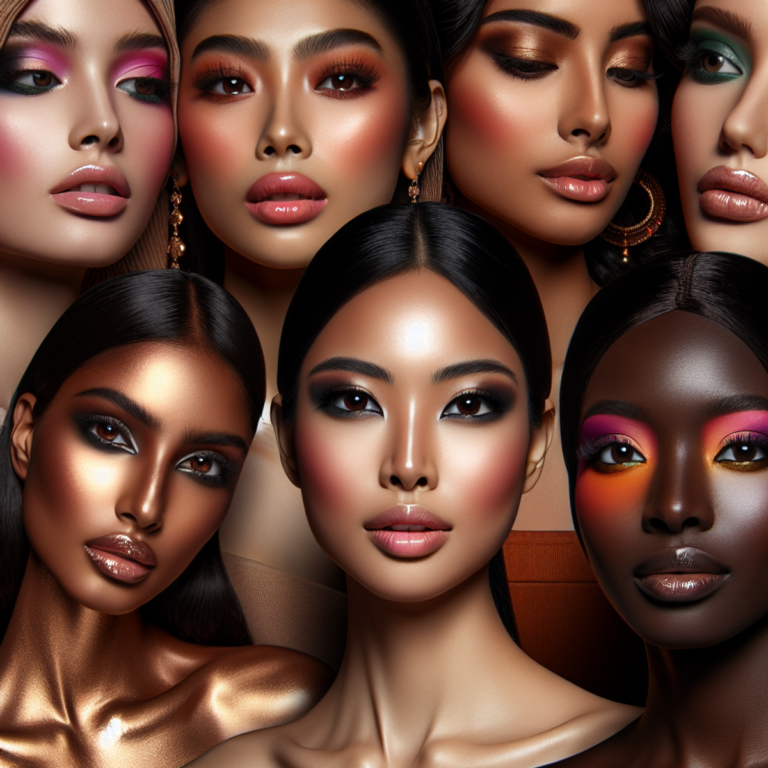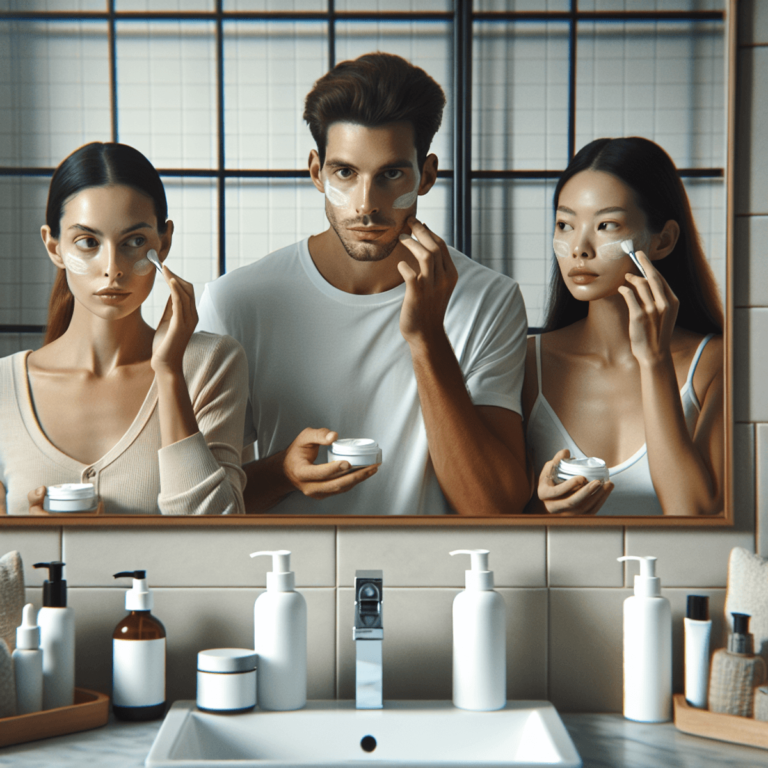Pimples: Causes vs. Acne, Types & Treatment
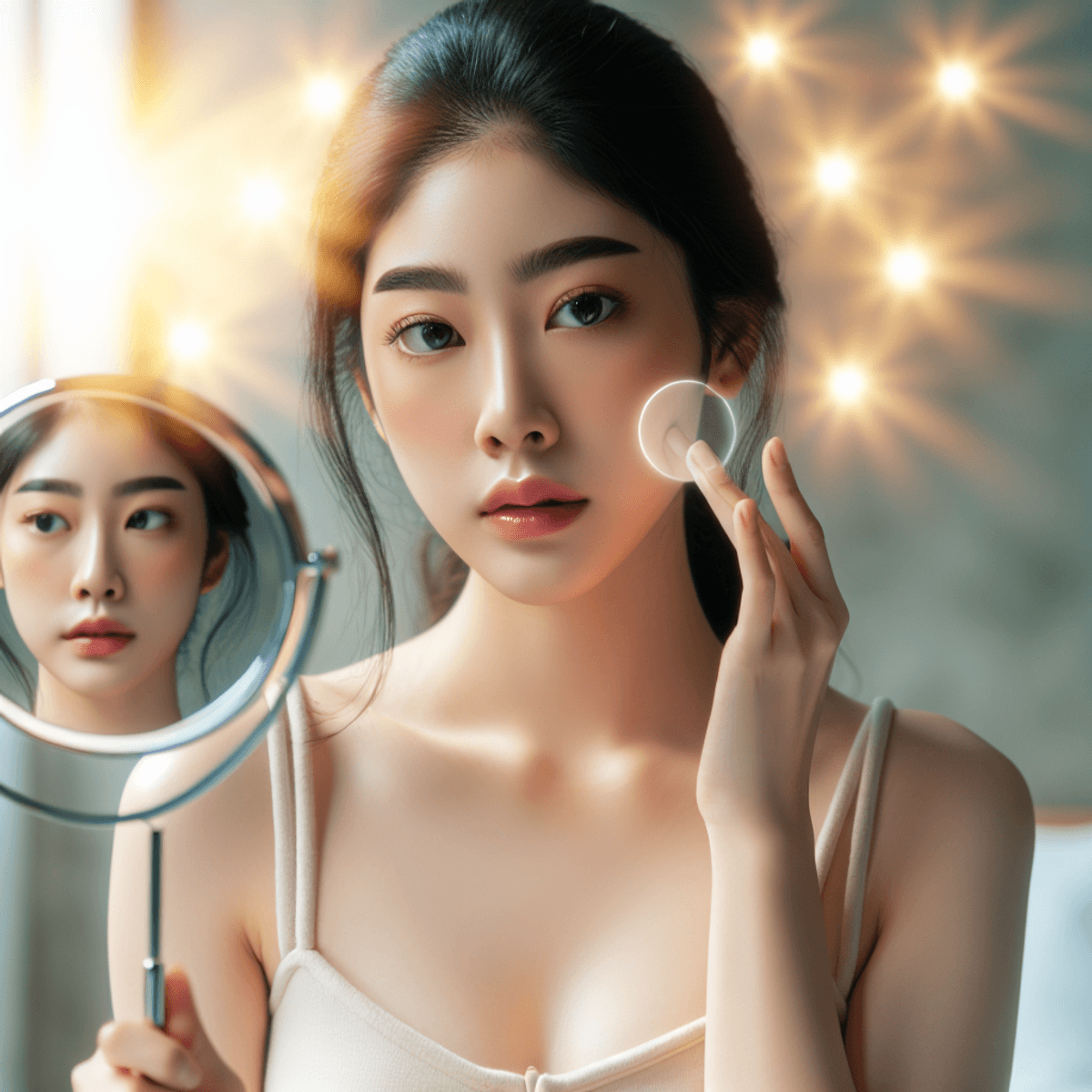
Introduction
Understanding the difference between pimples and acne is crucial for effective treatment. Pimples are a common skin condition caused by clogged oil glands or bacteria. They often appear on the face, chest, shoulders, and back. Acne is a broader term that encompasses various types of skin lesions, including pimples.
Recognizing skin conditions and their underlying causes can help you manage them better. Knowledge about how and why these conditions occur empowers you to take proactive steps in your skincare routine.
Pimples can significantly impact your psychological well-being. The presence of visible skin blemishes often affects self-esteem and confidence, especially during social interactions. Addressing pimples effectively not only improves skin health but also enhances your overall quality of life.
Understanding Pimples and Acne
What Are Pimples and How Do They Relate to Acne?
Pimples are small, inflamed bumps that show up on the skin when oil glands get clogged. They’re often a sign of acne, which is a broader term for different types of skin issues, including pimples. While pimples are common, acne can appear in various forms, from mild blackheads to severe cysts.
Why Do Pimples Form?
The main reason pimples form is because of blocked oil glands. These glands make sebum, an oily substance that protects and moisturizes your skin. When too much oil is produced, it can mix with dead skin cells and block hair follicles. This creates a perfect environment for bacteria to grow, especially Propionibacterium acnes (P. acnes). The bacteria cause inflammation, leading to the red, swollen look typical of pimples.
How Acne Affects Mental Health
Acne can have a big impact on how people feel about themselves and their mental well-being. Many people feel anxious, depressed, and avoid social situations because of visible acne spots. This emotional strain often increases stress levels, creating a cycle that can make the skin condition worse.
What Causes Pimples?
Knowing what causes pimples is key to treating and preventing them effectively. Here are some factors that contribute to pimple formation:
- Hormonal Changes: Hormone shifts during puberty, pregnancy, or conditions like polycystic ovary syndrome (PCOS) increase oil production in the skin.
- Excess Oil Production: Overactive sebaceous glands produce more oil than necessary, which can clog pores.
- Dead Skin Cells: Build-up of dead skin cells on your skin’s surface can block hair follicles.
- Bacteria: Propionibacterium acnes thrives in clogged pores and contributes to inflammation.
- Environmental Factors: Humidity and pollution can worsen skin problems by making it oilier or causing irritation.
How Hormones Affect Pimples
- Puberty: During adolescence, hormones change a lot. Higher androgen levels make the sebaceous glands produce more oil.
- Pregnancy: Hormonal shifts during pregnancy can lead to increased sebum production.
- Polycystic Ovary Syndrome (PCOS): This condition causes hormone imbalances that often show up as severe acne.
Other Things That Make Pimples Worse
- Smoking: Tobacco use has been linked to more acne because it causes inflammation in the skin.
- Stress: High stress levels raise cortisol production, which can boost oil production and cause breakouts.
- Medications: Some drugs like corticosteroids or lithium are known to cause or worsen acne.
Knowing these factors helps us find treatments that target specific causes rather than just symptoms.
By understanding how pimples form and how they relate to acne, you can better explore different treatment options available later in this article. For instance, recent studies suggest that certain dietary choices may also play a role in managing acne outbreaks; you can read more about this [here
Types of Acne Lesions
Understanding the different types of acne lesions is essential for effective treatment and management. Each type of lesion presents unique characteristics and requires specific care.
Comedones
Comedones are the most basic form of acne lesions, occurring when hair follicles become clogged with oil and dead skin cells. They can be further categorized into:
- Blackheads (Open Comedones): These appear as small, dark spots on the skin’s surface. The dark color is due to oxidation, not dirt.
- Whiteheads (Closed Comedones): These are small, flesh-colored bumps that remain under the skin’s surface, resulting from blocked pores.
Papules
Papules are inflamed red bumps that develop when pores become more irritated. Unlike comedones, papules do not contain pus and are sensitive to touch. They can cluster together, causing noticeable patches of red, inflamed skin.
Pustules
Pustules resemble papules but contain a yellow or white center filled with pus. This type of lesion forms when white blood cells rush to the site of infection, leading to pus formation. Pustules are often painful and can leave scars if not treated properly.
Nodules
Nodules are large, solid lumps that develop deep within the skin. They result from severe inflammation and can be quite painful. Due to their depth and size, nodules often require medical treatment to prevent scarring.
Cysts
Cysts are the most severe form of acne lesions. These large, pus-filled lumps form deep beneath the skin’s surface and can be extremely painful. Cystic acne often leads to significant scarring and usually requires professional medical intervention for effective treatment.
Each type of lesion has distinct characteristics that influence treatment decisions. Identifying whether you have comedones, papules, pustules, nodules, or cysts helps in tailoring an appropriate skincare regimen or seeking professional advice for severe cases.
Treatment Options for Pimples and Acne
Mild Acne Treatments
For those experiencing mild acne, over-the-counter treatments are often the first line of defense. These treatments typically include:
- Benzoyl Peroxide: Known for its antibacterial properties, benzoyl peroxide helps reduce inflammation and clear blocked pores. It is available in various concentrations, from 2.5% to 10%, and can be found in cleansers, gels, and creams.
- Salicylic Acid: This beta hydroxy acid (BHA) penetrates the skin to exfoliate dead cells and clear clogged pores. Salicylic acid is commonly found in face washes, toners, and spot treatments.
These products are widely accessible and effective for many users when used consistently.
Moderate Acne Treatments
Moderate acne may require more potent solutions that are often available only by prescription. Here are some common options:
- Topical Retinoids: These Vitamin A derivatives help unclog pores and promote cell turnover. Examples include tretinoin (Retin-A) and adapalene (Differin).
- Antibiotics: Both topical and oral antibiotics can help reduce bacteria and inflammation. Clindamycin and doxycycline are frequently prescribed.
- Hormonal Birth Control: For females, hormonal birth control pills can help regulate hormones that contribute to acne. Commonly prescribed options include combination pills containing both estrogen and progestin.
Consulting a dermatologist can provide guidance on the best treatment plan tailored to your skin type.
Severe Acne Treatments
Severe acne often necessitates a multifaceted approach combining various therapies:
- Oral Isotretinoin (Accutane): This powerful retinoid reduces oil production, unclogs pores, and decreases inflammation. It is typically reserved for severe, cystic acne due to its potential side effects.
- Combination Therapies: This may involve using multiple types of treatments simultaneously, such as antibiotics with topical retinoids or benzoyl peroxide.
Regular follow-ups with a healthcare provider are crucial during severe acne treatment to monitor progress and adjust medications as needed.
Home Remedies for Pimples: Natural Solutions That Work?
While medical treatments are highly effective, some individuals prefer natural remedies. Two popular home remedies include:
Tea Tree Oil
Known for its antimicrobial properties, tea tree oil can help reduce inflammation and bacteria on the skin. A few drops diluted in a carrier oil like jojoba or coconut oil can be applied to affected areas.
Benefits:
- Natural antibacterial agent
- May reduce redness and swelling
Limitations:
- Potential skin irritation if not properly diluted
- Slower acting compared to traditional medications
Aloe Vera
This soothing plant extract has anti-inflammatory properties that can help calm irritated skin. Using pure aloe vera gel directly from the plant or from a store-bought product can provide relief.
Benefits:
- Hydrates and soothes the skin
- Can aid in healing minor wounds
Limitations:
- May not be effective for severe acne
- Results vary from person to person
Exploring these home remedies could complement other treatments but should not replace conventional therapies without professional advice.
Understanding the range of treatment options—from over-the-counter solutions to prescription medications—enables you to make informed decisions about managing pimples effectively. Whether opting for benzoyl peroxide or experimenting with natural solutions like tea tree oil, consistency is key to achieving clearer skin.
Prevention Strategies Against Breakouts: Keep Your Skin Clear!
A consistent skincare routine is crucial in preventing breakouts and maintaining clear skin. Here are some essential steps to incorporate into your daily regimen:
- Cleansing: Use a gentle, non-comedogenic cleanser twice daily to remove dirt, oil, and impurities without clogging pores.
- Exfoliating: Incorporate exfoliation 2-3 times a week with products containing salicylic acid or glycolic acid to prevent dead skin cell buildup.
- Moisturizing: Even if you have oily skin, moisturizing is essential. Opt for lightweight, oil-free, and non-comedogenic moisturizers.
- Sun Protection: Apply a broad-spectrum sunscreen with SPF 30 or higher every morning to protect your skin from harmful UV rays.
Non-Comedogenic Products Recommendation
Choosing the right products is vital for preventing pimples. Look for labels that say “non-comedogenic,” which means they won’t clog your pores. Some trusted options include:
- Cetaphil Gentle Skin Cleanser
- Neutrogena Hydro Boost Water Gel
- La Roche-Posay Anthelios Clear Skin Sunscreen SPF 60
Tips for Maintaining Clear Skin
- Avoid Touching Your Face: Hands can transfer oils and bacteria to your face, leading to breakouts.
- Keep Hair Clean and Away from Your Face: Oils from your hair can contribute to clogged pores.
- Maintain a Healthy Diet: Foods high in antioxidants and low in sugar may help reduce inflammation and promote clearer skin.
- Manage Stress: High stress levels can trigger acne flare-ups. Incorporate relaxation techniques such as yoga or meditation into your daily routine.
Understanding the importance of maintaining these habits can significantly impact the clarity of your skin. Consistency is key when it comes to a skincare routine for preventing pimples. By sticking to these practices and using non-comedogenic products, you can effectively manage breakouts and enjoy healthier skin.
For more insights on Pimples: Causes vs. Acne, Types & Treatment, explore our other sections on how to get rid of breakouts and long-term management strategies.
Quick Solutions To Remove Pimples Fast!
Finding overnight treatments for getting rid of pimples quickly can be a game-changer. While these methods may not provide a permanent solution, they offer rapid relief. Here are some effective techniques and products to consider:
Topical Treatments
- Benzoyl Peroxide: A common ingredient in acne treatments, benzoyl peroxide helps reduce bacteria and dry out the pimple. Apply a small amount to the affected area before bedtime.
- Salicylic Acid: This beta hydroxy acid exfoliates the skin, unclogs pores, and reduces inflammation. Use a spot treatment containing salicylic acid for targeted application.
Natural Remedies
- Tea Tree Oil: Known for its antibacterial properties, tea tree oil can help reduce inflammation and redness. Dilute with a carrier oil and apply to the pimple using a cotton swab.
- Aloe Vera: Aloe vera has soothing and anti-inflammatory properties. Apply aloe vera gel directly onto the pimple to reduce swelling.
Other Quick-Fix Methods
- Ice Therapy: Ice can constrict blood vessels and reduce swelling. Wrap an ice cube in a clean cloth and apply it to the pimple for a few minutes.
- Hydrocolloid Patches: These patches absorb excess fluid from pimples, promote faster healing, and protect from bacteria.
Potential Risks
While these quick solutions can be effective, they come with potential risks:
- Skin Irritation: Overuse of strong ingredients like benzoyl peroxide can cause dryness and irritation.
- Allergic Reactions: Natural remedies like tea tree oil may cause allergic reactions in some individuals.
- Temporary Fixes: These methods offer temporary relief but do not address underlying causes of acne.
Carefully weigh the benefits and risks when choosing how to remove pimples overnight.
Natural And Permanent Ways To Get Rid Of Pimples Forever!
To achieve lasting results in eliminating stubborn breakouts, lifestyle changes play a crucial role. Consider the following strategies:
1. Dietary Changes
- Consume a balanced diet rich in fruits, vegetables, and whole grains.
- Reduce intake of high-glycemic foods such as sugar and refined carbs that can spike insulin levels and worsen acne.
- Incorporate omega-3 fatty acids found in fish, flaxseeds, and walnuts to help reduce inflammation.
2. Stress Management Techniques
- Practice regular exercise like yoga or jogging to alleviate stress.
- Engage in mindfulness activities such as meditation or deep-breathing exercises.
- Ensure adequate sleep to maintain hormonal balance.
3. Hydration
Drink plenty of water to keep your skin hydrated and flush out toxins.
By implementing these natural treatments to eliminate stubborn breakouts permanently, you can achieve clearer skin. For more details on how to get rid of pimples, explore our comprehensive guide on “Pimples: Causes vs. Acne, Types & Treatment.”
These long-term strategies not only address how do you get rid of pimples but also ensure sustainable skin health.
FAQs (Frequently Asked Questions)
What are the main causes of pimples?
Pimples are primarily caused by clogged oil glands, excess oil production, dead skin cells, and hormonal changes. Factors such as puberty, pregnancy, polycystic ovary syndrome (PCOS), smoking, stress, and certain medications can also contribute to pimple formation.
What types of acne lesions exist?
There are several types of acne lesions including comedones (blackheads and whiteheads), papules (small red bumps), pustules (pus-filled lesions), nodules (larger hard lumps beneath the skin), and cysts (painful pus-filled lumps). Each type varies in severity and treatment approach.
What treatment options are available for pimples and acne?
Treatment options vary based on the severity of acne. Mild cases may be treated with over-the-counter topical medications like benzoyl peroxide or salicylic acid. Moderate cases might require prescription medications such as antibiotics or hormonal birth control, while severe cases may benefit from combination therapies including isotretinoin.
Are there effective home remedies for treating pimples?
Yes, some effective home remedies include tea tree oil and aloe vera. Tea tree oil has antibacterial properties that can help reduce inflammation and bacteria on the skin. Aloe vera is known for its soothing effects and can help reduce breakouts. However, it’s important to note that results may vary and limitations exist.
How can I prevent breakouts effectively?
To prevent breakouts, it is essential to maintain a regular skincare routine using non-comedogenic products that do not clog pores. Cleansing the skin regularly, exfoliating to remove dead skin cells, and moisturizing appropriately can significantly reduce the chances of developing pimples.
What are some quick solutions to remove pimples fast?
For rapid relief from pimples, overnight treatments like spot treatments containing benzoyl peroxide or salicylic acid can be effective. However, these quick-fix solutions may carry potential risks such as skin irritation or dryness if used excessively.



